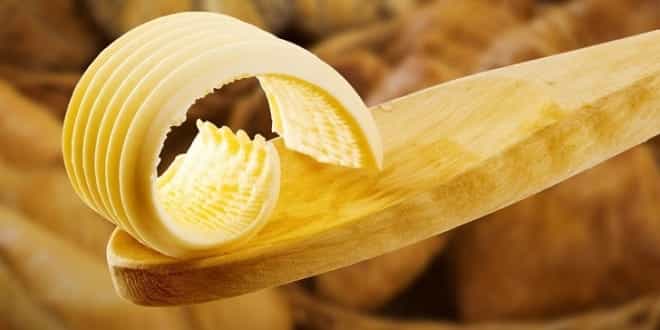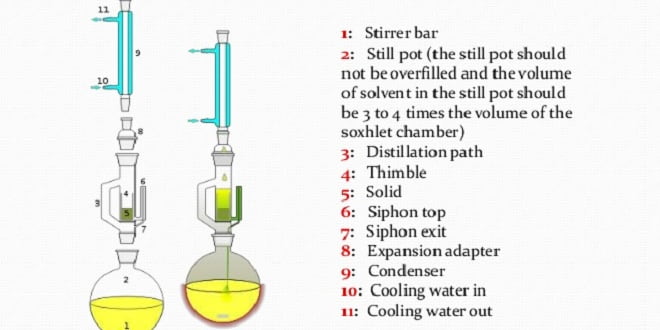Extraction And Determination Of Crude Fat From Plant And Animal Tissues ( Ms. Nadia Amara )
Extraction And Determination Of Crude Fat From Plant And Animal Tissues
Ms. Nadia Amara
Introduction of Crude Fat :
Determination of Crude Fat is the term used to refer to the crude mixture
of fat material present in a sample.
Crude fat is the traditional measure of fat in food products.
Fat is important to all aspects of meat production and processing.
Lipids/fats are relatively non-polar molecules, they can be pulled out of a
sample using relatively non-polar solvents. (With a non-polar solvent, only
non-polar molecules in the sample dissolve while polar ones do not ).
The lipid materials may include triglycerides, diglycerides, monoglycerides, phospholipids, steroids, free fatty acids, fat soluble vitamins, carotene pigments, chlorophylls, etc.
Crude fat content is determined by extracting the fat from the sample using
a solvent, then determining the weight of the fat recovered.
The common approach for total crude fat determination is based on the
solubility of lipids in non-polar organic solvents such as hexanes, petroleum
ether, or other non-polar solvent .
In this lab we will determine the crude fat extracted by petroleum ether
solvent .
This method is applicable to extractions of oilseeds, meats, feeds, and foods.
Calculation :
Crude Fat % ( % of Dry matter) = (weight of crude fat + weight of extraction
flask )-(weight of extraction flask) / weight of sample *100
Principle of Soxhlet extraction :
Soxhlet extraction is a continuous solid / liquid extraction.
A solid which contains the material to be extracted is placed in what is called a thimble.
A thimble is made out of a material which will contain the solid but allow liquids to pass through. A lot like filter paper.
The thimble containing the material is placed in the Soxhlet extractor.
An organic solvent is then heated . As it boils its vapors rise up and are
condensed by a condenser. The condensed solvent then fills up the thimble,
and after it fills with enough solvent it automatically siphons back down
into the container of organic solvent.
This process takes place over and over again until all the material to be
extracted from the solid in the thimble is now extracted into the organic
solvent.
This cycle may be allowed to repeat many times, over hours or days.
The advantage of this system is that instead of many portions of warm solvent being passed through the sample, just one batch of solvent is recycled.
After extraction the solvent is removed, typically by means of a rotary evaporator, yielding the extracted compound. The non-soluble portion of the extracted solid remains in the thimble, and is usually discard.
1: Stirrer bar/anti-bumping granules
2: Still pot (extraction pot) – still pot should not be overfilled and the volume of solvent in the still pot should be 3 to 4 times the volume of the soxhlet chamber.
3: Distillation path
4: Soxhlet Thimble
5: Extraction solid (residue solid)
6: Syphon arm inlet
7: Syphon arm outlet
8: Reduction adapter
9: Condenser
10: Cooling water in
11: Cooling water out
…




